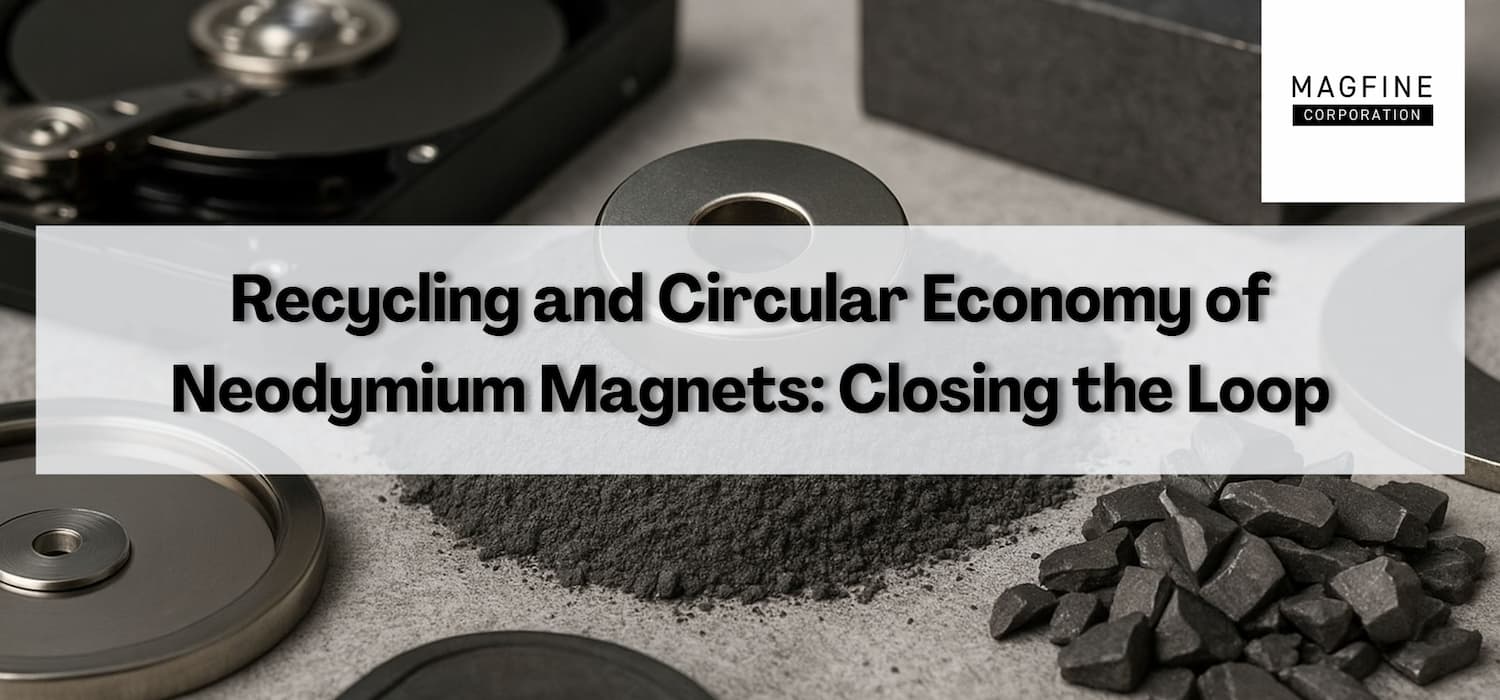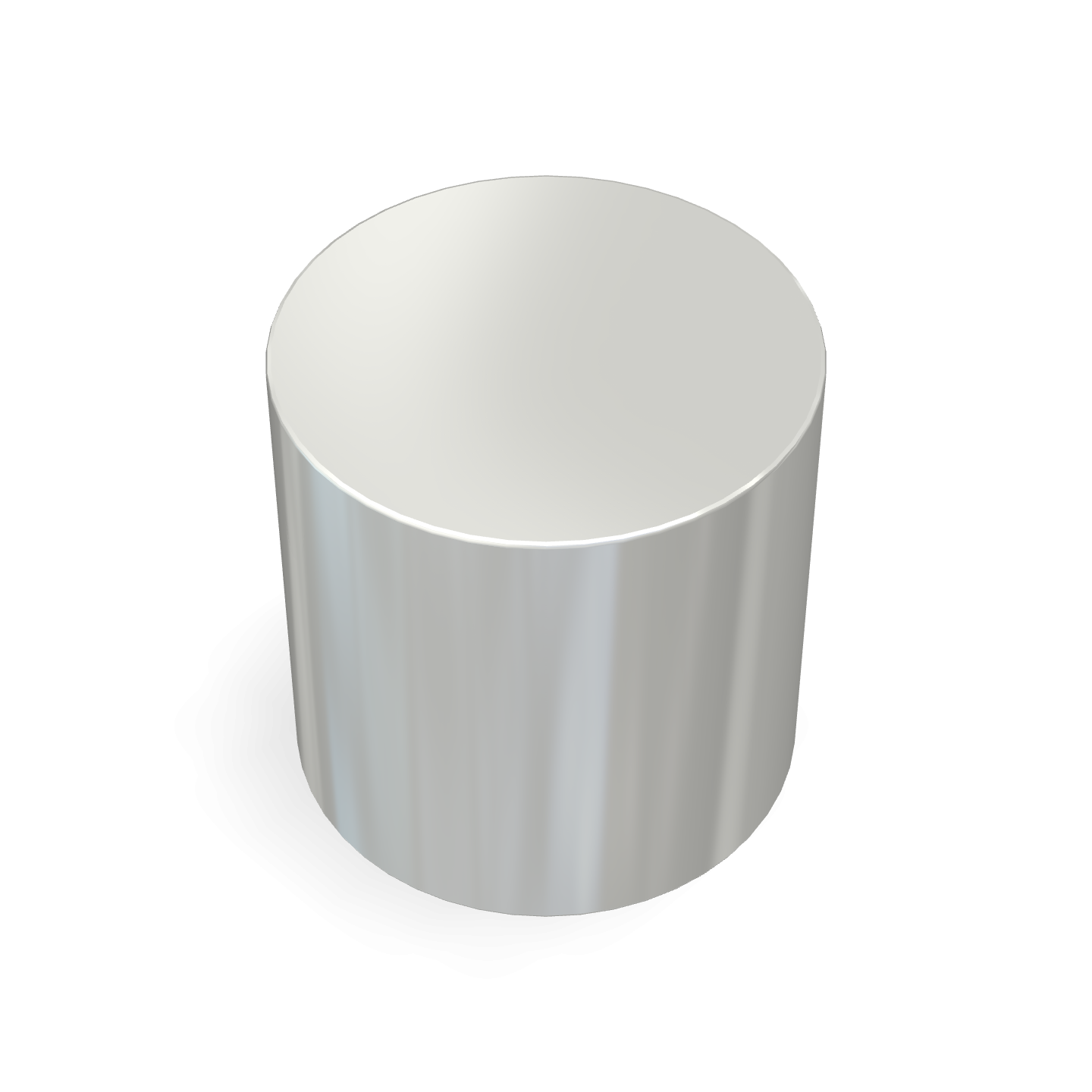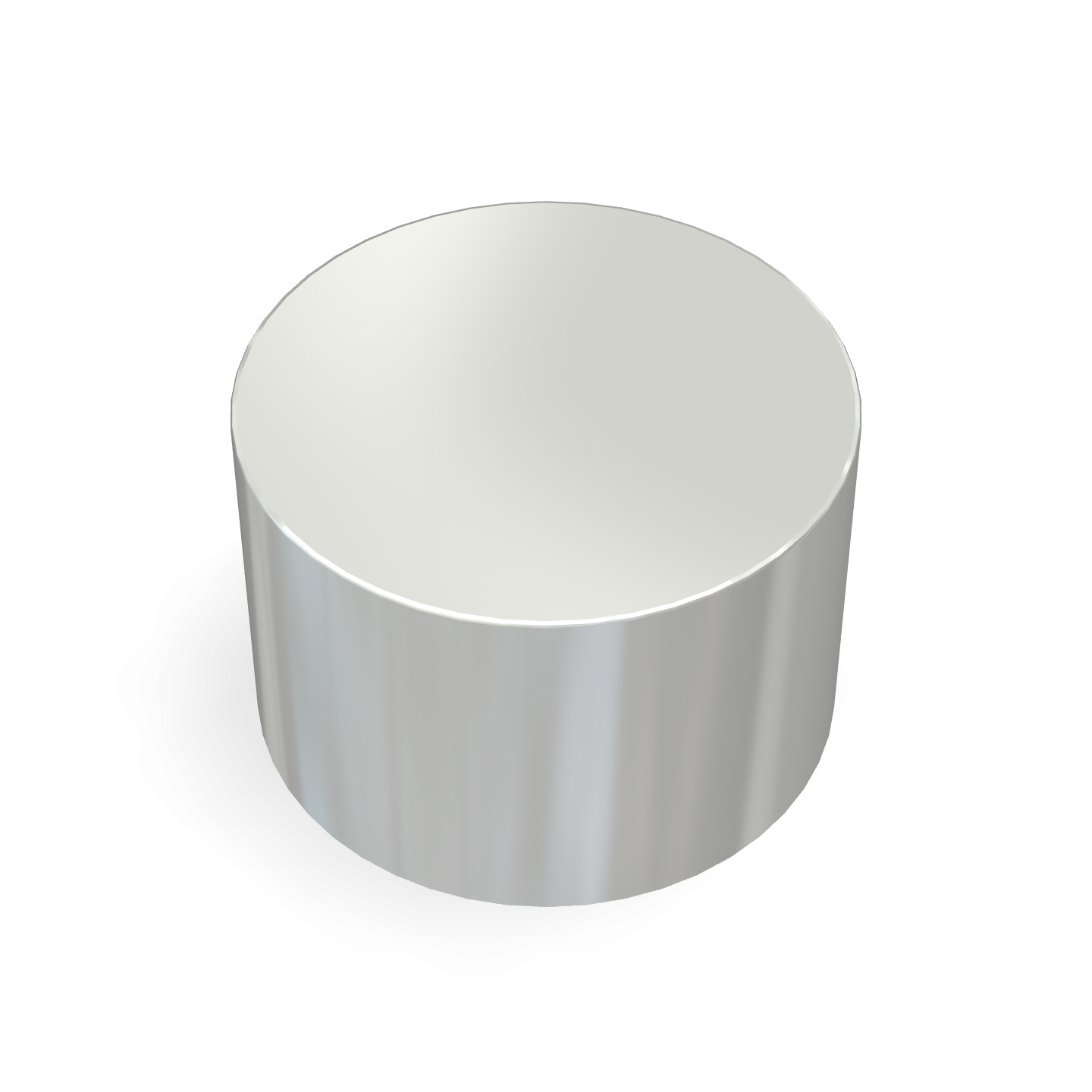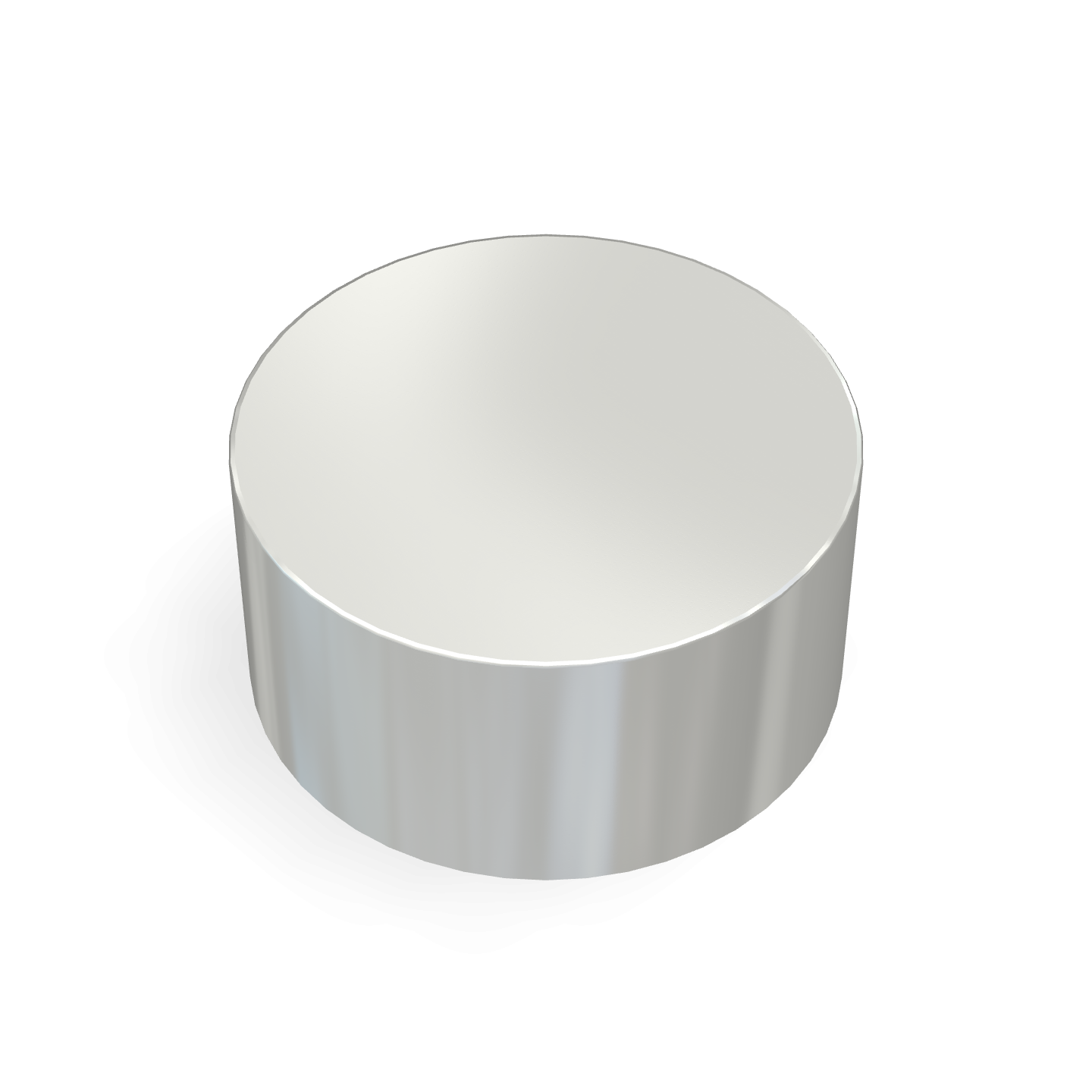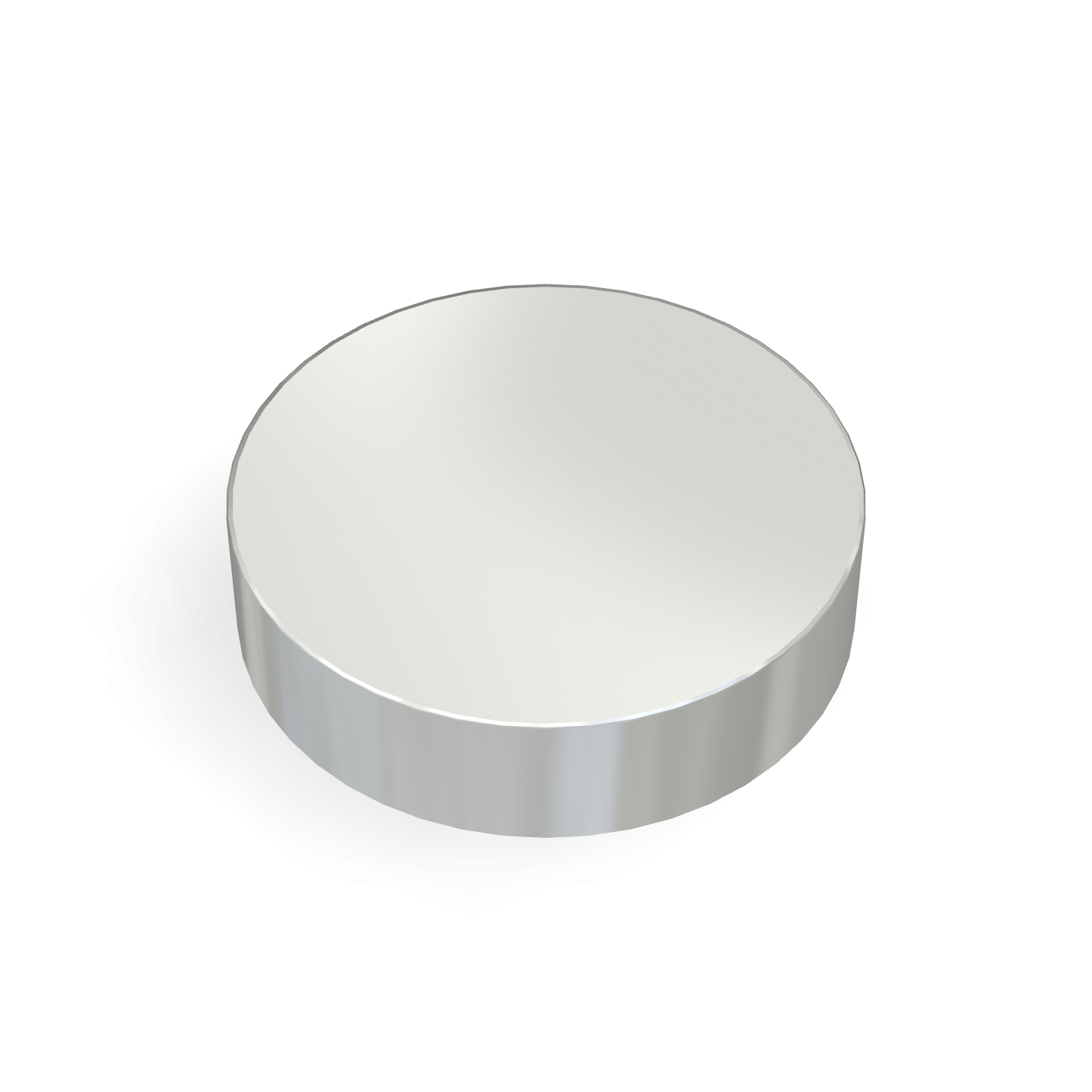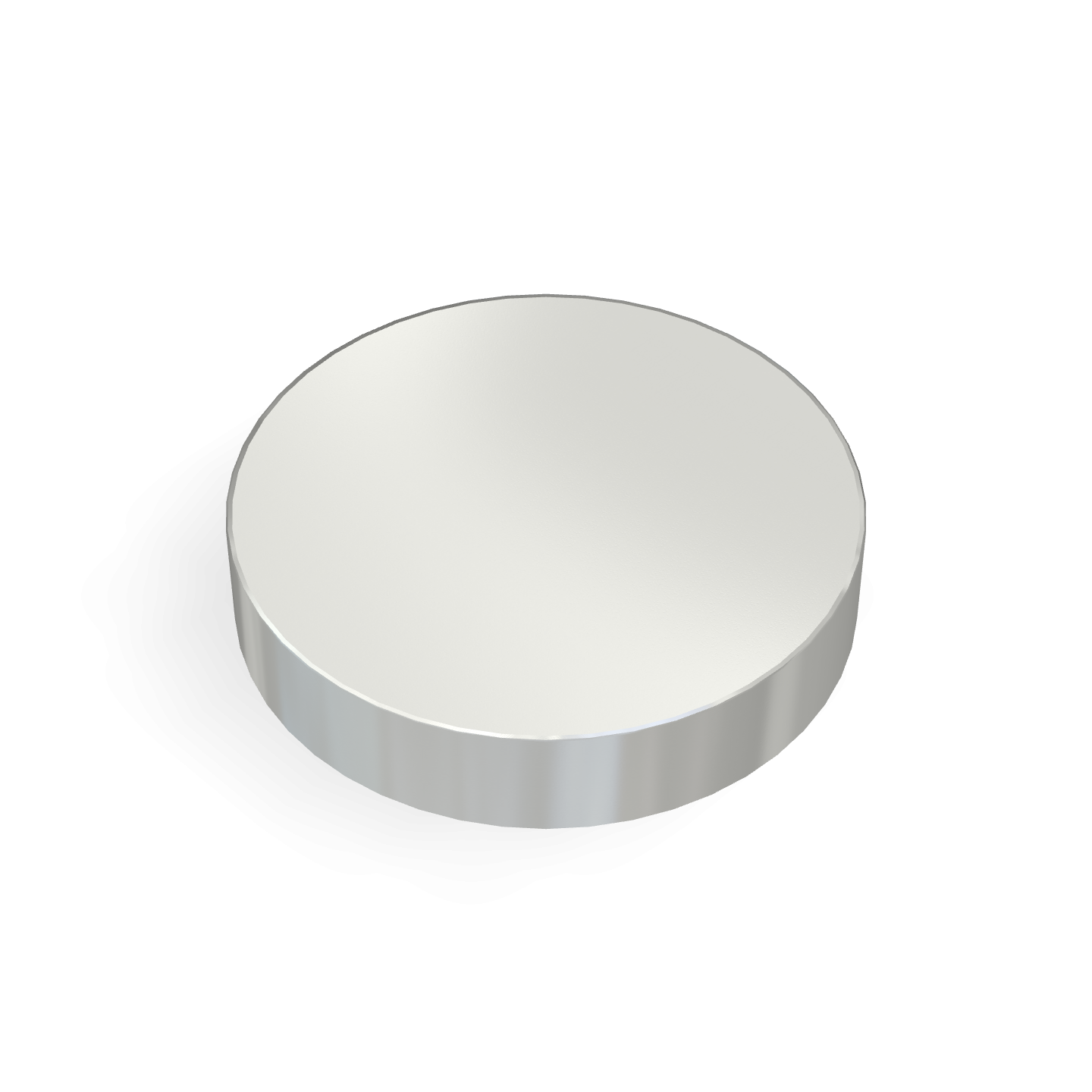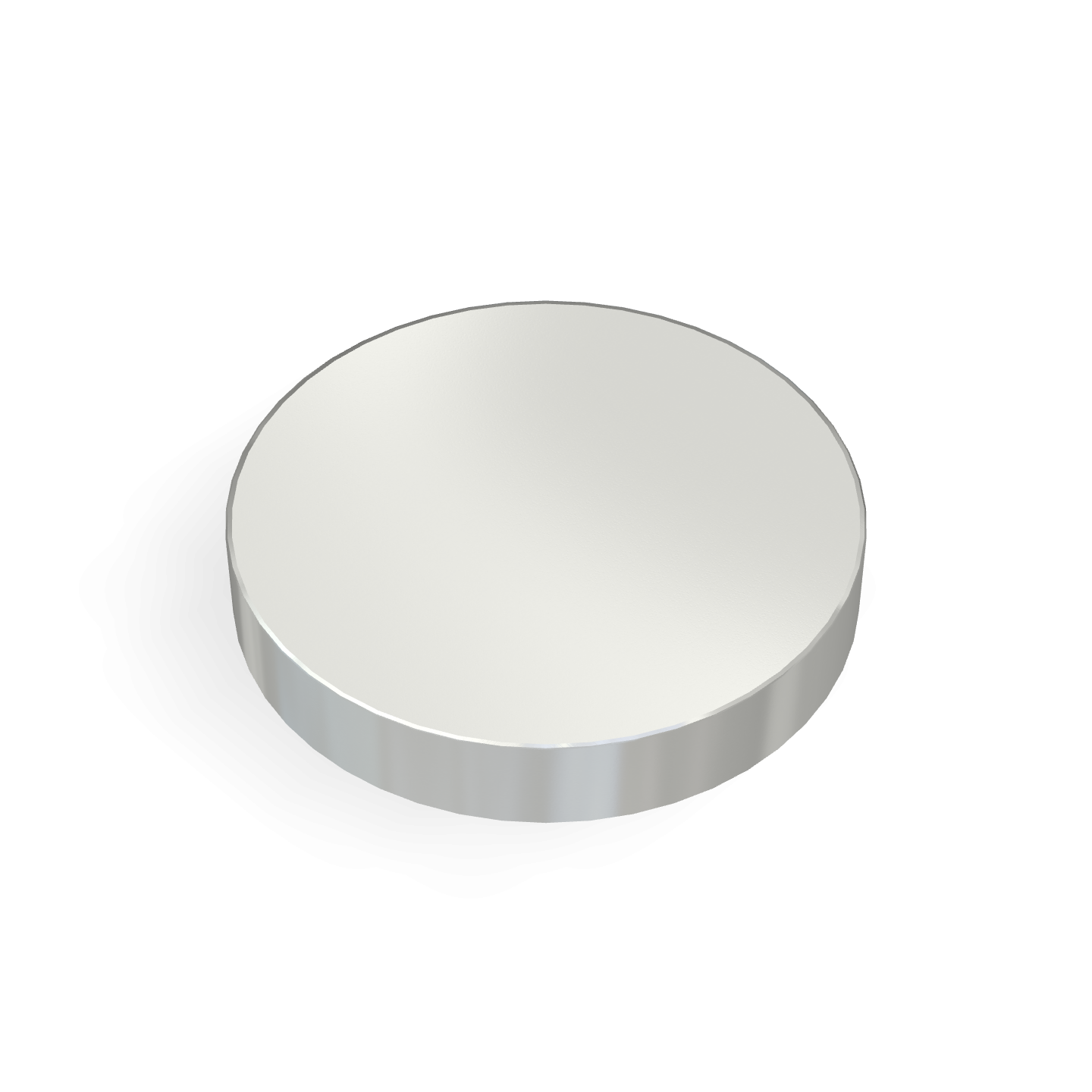Recycling & Circular Economy of Neodymium Magnets: Closing the Loop
How recycled rare-earth magnets support a stable, sustainable supply chain
Neodymium magnets are essential components in countless devices—EV motors, wind turbine generators, consumer electronics, medical instruments, and even advanced robotics. As demand grows, so does the need for sustainable methods to reuse and recover rare-earth materials. This is where the circular economy model becomes not only practical, but critical for long-term supply stability.
At Magfine, we closely follow global developments in recycling technologies and material recovery. The industry is making steady progress, and manufacturers across the supply chain are beginning to recognize how recycled rare-earth materials can reinforce reliability, reduce cost volatility, and support environmental responsibility.
Why Neodymium Magnet Recycling Matters
Unlike many common metals, neodymium and other rare-earth elements are concentrated in a few geographic regions, which can make the supply chain susceptible to geopolitical or market disruptions. Recycling provides a second source of material that reduces dependence on mining and helps stabilize long-term availability.
- Resource security: Recovered rare-earth materials help buffer the supply chain from global shortages.
- Reduced environmental impact: Recycling consumes significantly less energy and produces fewer emissions compared to mining and ore refinement.
- Cost management: Greater material availability helps reduce price volatility over time.
- Growing e-waste streams: Millions of electronic devices are discarded annually, many containing recoverable neodymium magnets.
How Neodymium Magnets Are Recycled
Modern recycling methods focus on recovering rare-earth compounds without degrading magnetic performance. Although the technologies vary, the goal is consistent: capture as much usable material as possible while maintaining purity and performance.
1. Manual Recovery from End-of-Life Devices
Many products—such as hard drives, speakers, and small motors—contain easily identifiable NdFeB magnets. These can be separated manually or through automated disassembly lines. While this step may seem simple, efficient material sorting is essential for cost-effective recycling.
2. Thermal & Hydrogen Processing (HD/Decrepitation)
One of the most promising techniques is hydrogen decrepitation. During this process, magnets are exposed to hydrogen, causing them to break down into a fine powder. This powder is then cleaned and reprocessed into new NdFeB magnets with minimal performance loss.
3. Chemical Recovery & Separation
Chemical recycling involves dissolving magnetic material and separating the rare-earth elements. Though more complex, this method can produce high-purity output suitable for advanced applications.
4. Re-sintering & Rebonding
Once recovered, the rare-earth powder can be re-sintered to create high-performance magnets or used in rebonded magnets for applications that require precise forms or complex geometries.
The Role of Circular Design
Recycling becomes far more efficient when manufacturers design products with magnet recovery in mind. Simple changes, such as reducing adhesives, standardizing magnet shapes, or using detachable assemblies, can dramatically increase recovery rates.
As market trends shift toward sustainability, more device manufacturers are transitioning to circular design strategies that consider how components will be disassembled and reused at the end of their lifecycle.
Market Outlook: A Growing Priority for Manufacturers
The global demand for NdFeB magnets continues to rise, especially in EVs, renewable energy, and advanced automation. With this growth comes increased pressure to secure stable sources of rare-earth materials. Many countries—including Japan, the EU, and the United States—are actively investing in recycling initiatives, pilot plants, and incentive programs.
Industry analysts expect recycled rare-earth material to account for a larger share of global supply in the coming decade, especially as more electronics reach end-of-life and recycling technologies mature.
Where Magfine Fits into the Circular Future
As a manufacturer deeply involved in the neodymium magnet industry, Magfine supports a future where recycled rare-earth materials become a meaningful part of the supply chain. We continue to monitor global advancements in recycling processes and collaborate with partners who share the same commitment to sustainability and long-term resource stability.
While recycled materials are not yet capable of fully replacing mined sources, they are becoming a valuable supplement that strengthens the market and supports responsible manufacturing. This trend is expected to accelerate—and we’re preparing for that future.
Key Takeaways
- Recycling rare-earth magnets reduces environmental impact and enhances material stability.
- A circular economy approach maximizes value and minimizes waste from electronic products.
- Recycling processes such as hydrogen decrepitation and chemical recovery are gaining momentum.
- Manufacturers can support sustainability through circular design and strategic material planning.
- Magfine continues to follow and support global developments in rare-earth recycling.
Q&A Module
Are recycled neodymium magnets as strong as newly produced ones?
Yes. When processed through modern recycling methods, recovered rare-earth material can achieve magnetic performance comparable to newly mined sources, particularly through HD processing or chemical recovery.
Is magnet recycling widely available?
Recycling infrastructure is growing, but availability varies by region. Many countries are investing in improved recovery systems to meet rising demand.
Can consumer electronics manufacturers benefit from incorporating recycled magnets?
Absolutely. Recycled materials help stabilize long-term supply, support sustainability goals, and may reduce cost fluctuations in high-volume production.

